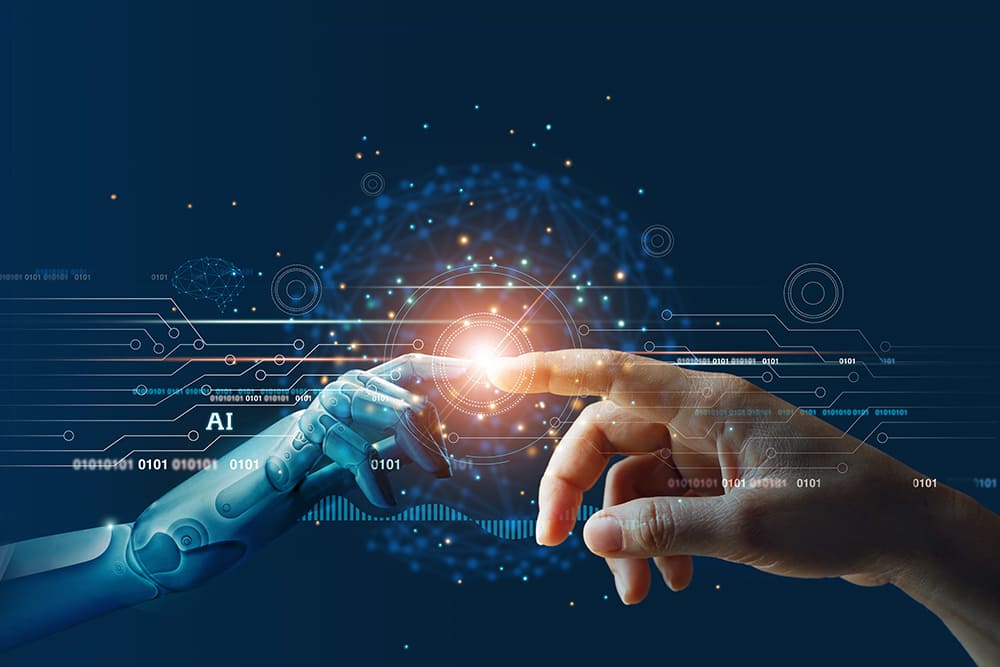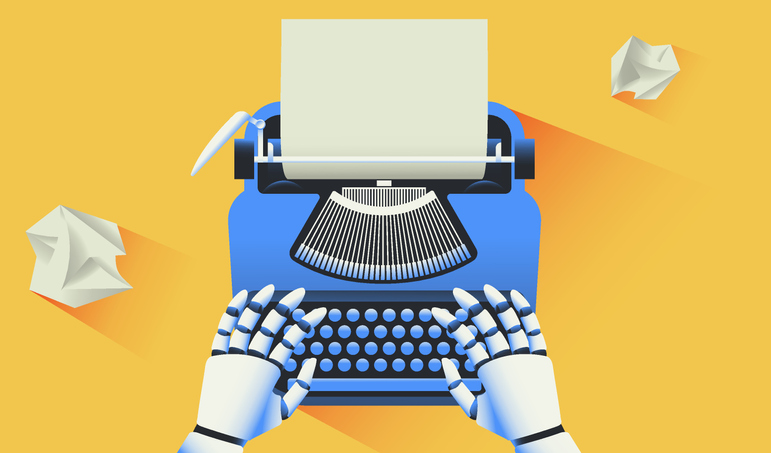To work, artificial intelligence (AI) depends upon quickly analyzing large amounts of data using integrated components designed to mimic human intelligence and the working of the human brain.
See Also: How to Ask for a Promotion at Work
When Artificial Intelligence is supplied with large enough amounts of data and the ability to process that data quickly using multiple passes and analytical algorithms, it reaches a prediction based on its analysis, similar to a conclusion a person reaches. During training, AI receives feedback on the accuracy of its predictions and adjusts its future analysis and predictions accordingly, similar to the way people learn.
People, however, apply their abilities to analyze and draw conclusions to everything they encounter. People also factor emotion and empathy into their conclusions when appropriate, and they can recognize errors in the information they receive.
AI’s analytical ability is limited to single tasks in a particular field, such as analyzing x-rays for tumors or analyzing purchases to predict what products a particular customer will buy.
The Components of AI
The components of AI include:
- A Neural Network
- Machine learning (ML)
- Deep learning (DL)
- Computer vision
- Natural language processing (NLP)
AI also uses data supplied by the Internet of Things (IoT), among other sources, and the powerful data processing capabilities of graphical processing units, advanced algorithms, and application programming interfaces (APIs). APIs add AI capabilities to pre-existing software, home appliances, or other devices and tools.
Neural Networks
Neural Networks imitate the human brain by connecting units called perceptrons in a network that simulates the neural pathways of a person’s brain. Like the neural pathways, the data the Neural Network receives is with all of the relevant perceptrons.
The perceptrons are arranged to create an input layer, multiple hidden layers, and an output layer. Analyzing complex data requires more hidden layers. Also, larger numbers of hidden layers allow the AI Neural Network to produce a more complex output prediction.
Machine Learning
Machine learning refers to the ability of AI to automatically adjust its future data analysis and predictions based on feedback regarding the accuracy, inaccuracy, or usefulness of its current output or prediction without programmed instructions for making those adjustments.
Deep Learning
Deep learning refers to the ability of AI systems with neural nets to learn from the data analyzed as well as feedback on the results they produce. For example, an Artificial Intelligence system analyzing large amounts of data with large numbers of hidden layers can recognize a piece of data, such as a faint, signal from a radio telescope or the first signs of response to a drug testing to cure particular cancer.
Computer Vision
Computer vision enables AI systems to analyze still images and video. It allows AI to analyze x-rays, for example. It could also allow a robot to enter a situation too dangerous for first responders, such as a collapsed building, and find its way to possible survivors. Rescue workers could then have a better idea of where to dig.
Natural Language Processing
Natural language processing allows AI to understand and respond to spoken words by taking a requested action or by asking a question for further information, such as asking for a specific temperature when asked to turn on the furnace or air conditioner.
While AI possesses many useful capabilities, AI remains a tool, a valuable assistant to people. It does not function as an independent being. Still, it relies on people to create its programming and provide the initial training and feedback that allows it to utilize machine learning and deep learning. It also depends on people to provide accurate, error-free data. What was true at the beginning of computer programming remains true today: Garbage in, garbage out (GIGO).



















